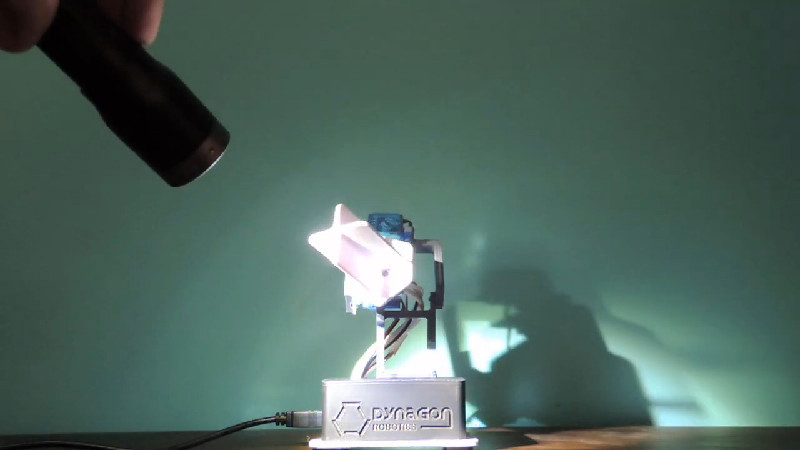These days, when doing any sort of optical tracking, our mind immediately leaps towards sophisticated solutions. Raspberry Pis, high end cameras, and machine learning toolchains all come to mind. Of course, if your goals are simpler, you needn’t complicate the issue. PHIL is a light tracking robot who is perfectly happy to do it the old-school way.

PHIL consists of an Arduino Uno running a twin-servo motion platform, providing the sensor head with pan and tilt functionality. The sensor head itself consists of a 3D-printed cruciform-section shroud that mounts four light-dependent resistors in individual sections. The shroud helps block light to the off-angle sensors, giving a stronger difference between those exposed to the light directly and those on the dark side. This makes for a stronger difference signal, so when the Arduino reads the sensors, it’s much clearer which way PHIL should point the sensor head to follow the light.
The builder, [Sean O’Donovan], notes that PHIL was built with no practical purpose in mind, and is simply a cool project. We certainly agree, and it’s important to note that skills picked up on a project like this will invariably come in handy down the track. Such techniques can be highly useful for tracking the sun, for example. Video after the break.
Source: LIGHT TRACKING ROBOT RELIES ON LDRS
